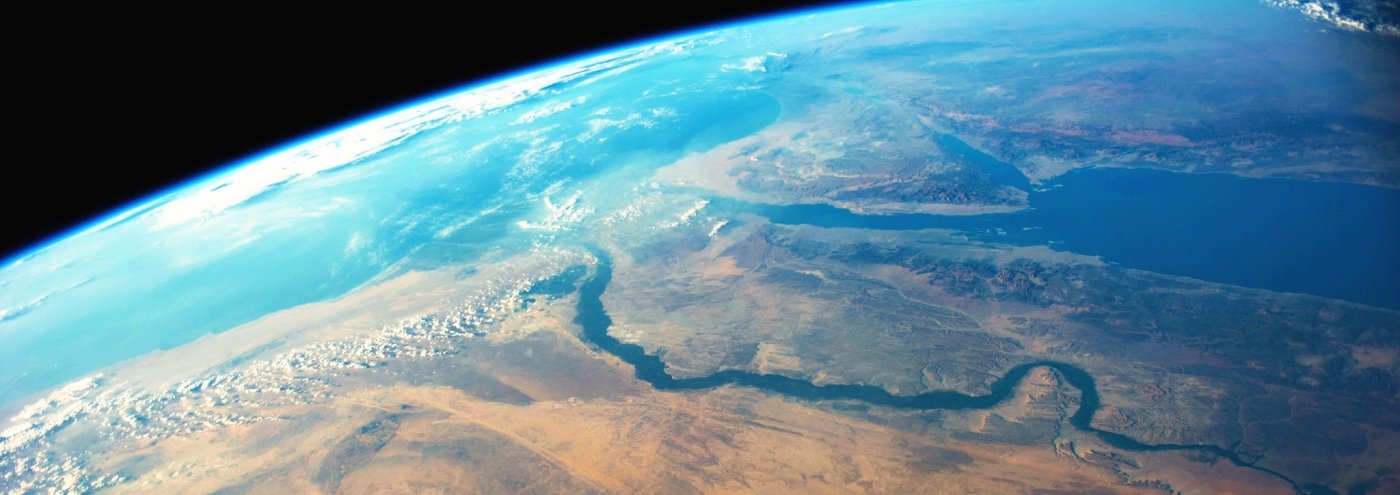
Synopsis The Nile
the Nile lifeline connecting nearly half a billion people in a bond of fate that none of the eleven countries that share the river today can escape.
But how do these cultures, ethnic and religious groups and economic-political powers undergo / experience this flow?
Currently, the Nile River, as it flows through nature and society, is undergoing the most revolutionary metamorphosis in its long history. It is precisely in these hectic, turbulent and inscrutable times that historical knowledge is of crucial importance, because misinterpretation of the present is lurking if one does not understand the past.'
That is why you cannot reduce the Nile to a backdrop and hide it in an introductory chapter, as often happens with nature in historical and social science literature: the river flows continuously, the life-giving water comes regularly, plants germinate, electricity is produced all year round. . All these processes have a normal "present tense"; and affect the farmer's harvest, and thus the bride-price and marriage; for the power supply of enterprises, and thus for the production of goods; for the king's taxes, and thus for the ruler's plans. Abnormal years, or extremely abnormal years, which are common when it comes to running water, make studying politics and ecology at the event level both obvious and possible. This question is reinforced by the fact that facilities in one location along the Nile will have immediate effects on other locations in the basin, either by affecting the flow of the river or by influencing how the people sharing the resource feel about it.
Colonialism in Africa has a role to play with how ‘rights to the water of Nile’ is understood. Colonial agreements are often the cause of the political controversy surrounding the Nile. Some countries uphold colonial treaties from the early 1900 claiming they have nearly exclusive right to use the water. Others defy these treaties on the ground that they were signed by colonisers and not by sovereign states.
The future of the whole region will therefore depend on the countries being able to use the Nile optimally, efficiently and in good cooperation.
A focus on the legal, ethical or political aspects of controlling the Nile alone will therefore not create the climate necessary for sustainable long-term cooperation. An understanding of the river itself must be developed, a form of sympathetic solidarity with the water and with all who live along its banks, based on knowledge of how the river flows from source to mouth, through swamps, forests and deserts, taking into account with the long, flowing and also remarkably rich history of the river. Nile cooperation and Nile solidarity must relate to and overcome the complex social and cultural differences between societies and between ethnic groups, but must also be rooted in a solid physical foundation. The 12 different cinematic interactions is an initiation to awareness about what the water flow brings and leaves behind.
